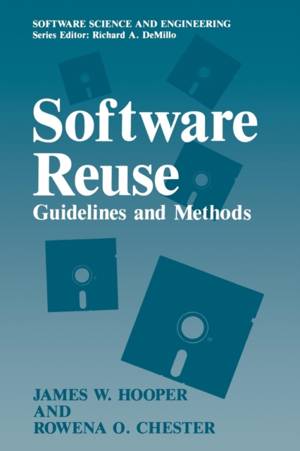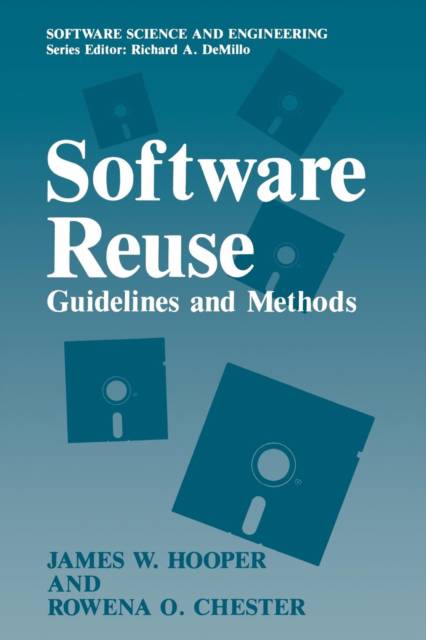
- Retrait gratuit dans votre magasin Club
- 7.000.000 titres dans notre catalogue
- Payer en toute sécurité
- Toujours un magasin près de chez vous
- Retrait gratuit dans votre magasin Club
- 7.000.0000 titres dans notre catalogue
- Payer en toute sécurité
- Toujours un magasin près de chez vous
Description
Observers in the present usually have an advantage when it comes to interpreting events of the past. In the case of software reuse, how- ever, it is unclear why an idea that has gained such universal accep- tance was the source of swirling controversy when it began to be taken seriously by the software engineering community in the mid-1980's. From a purely conceptual point of view, the reuse of software de- signs and components promises nearly risk-free benefits to the devel- oper. Virtually every model of software cost and development effort predicts first-order dependencies on either products size or the num- ber of steps carried out in development. Reduce the amount of new product to be developed and the cost of producing the product de- creases. Remove development steps, and total effort is reduced. By reusing previously developed engineering products the amount of new product and the number of development steps can be reduced. In this way, reuse clearly has a major influence on reducing total development cost and effort. This, of course, raises the issue of from whence the reused products arise. There has to be a prior investment in creating "libraries of reuse products before reuse can be successfuL . . " How can organizations with a "bottom line" orientation be enticed into contributing to a reuse venture? Fortunately, the economics of reuse l resembles many other financial investment situations .
Spécifications
Parties prenantes
- Auteur(s) :
- Editeur:
Contenu
- Nombre de pages :
- 180
- Langue:
- Anglais
- Collection :
Caractéristiques
- EAN:
- 9781461366775
- Date de parution :
- 21-10-12
- Format:
- Livre broché
- Format numérique:
- Trade paperback (VS)
- Dimensions :
- 152 mm x 229 mm
- Poids :
- 272 g

Les avis
Nous publions uniquement les avis qui respectent les conditions requises. Consultez nos conditions pour les avis.






